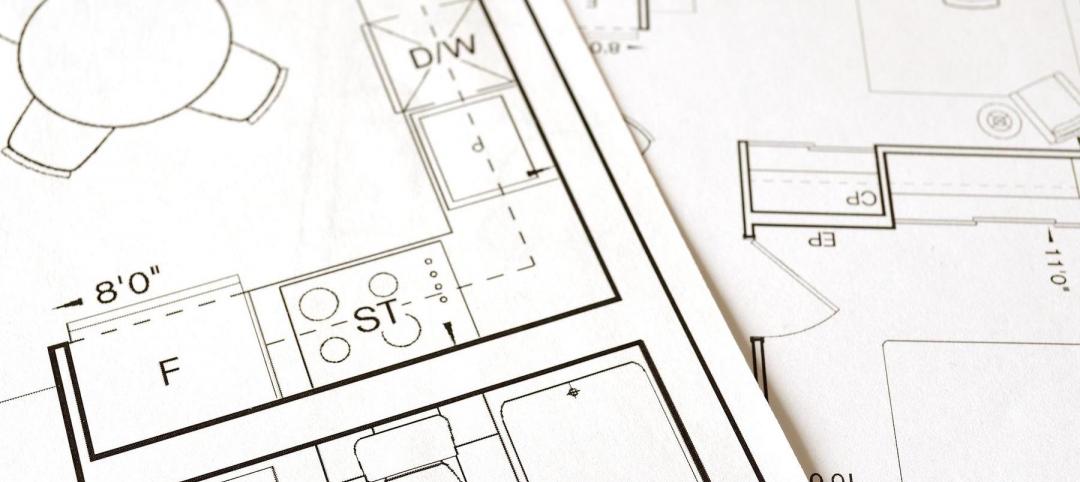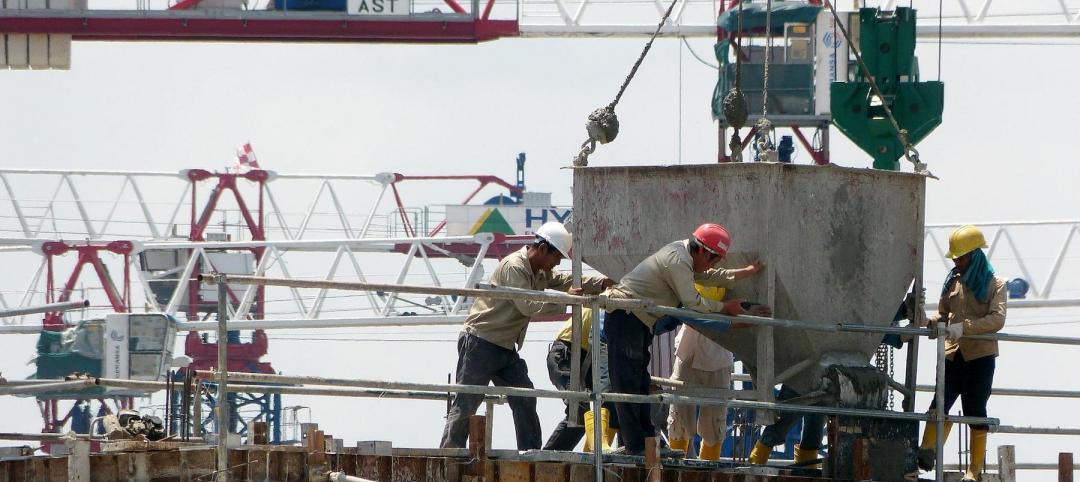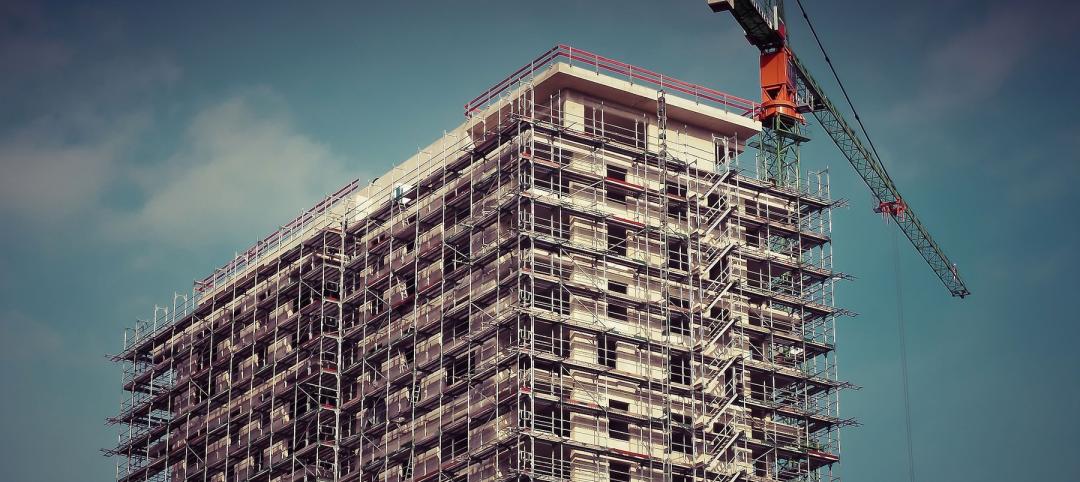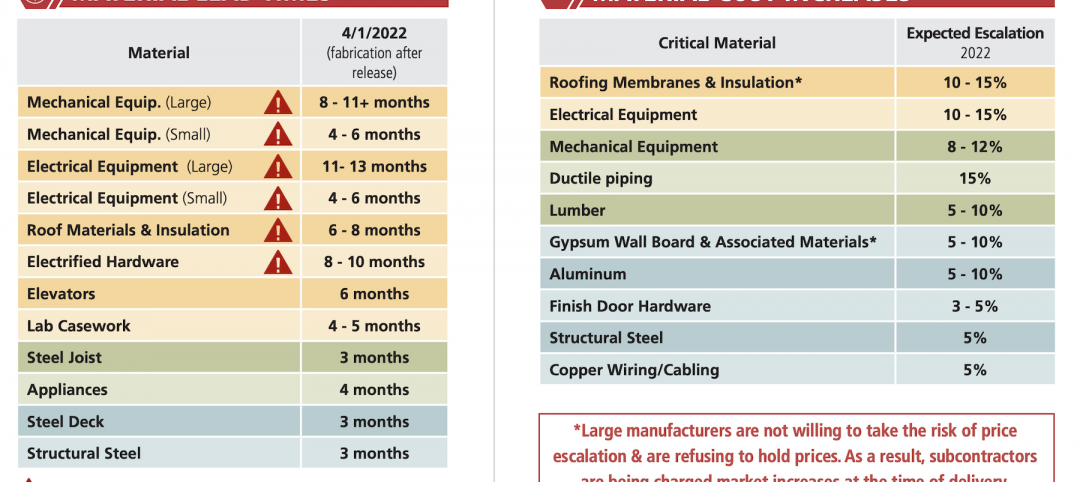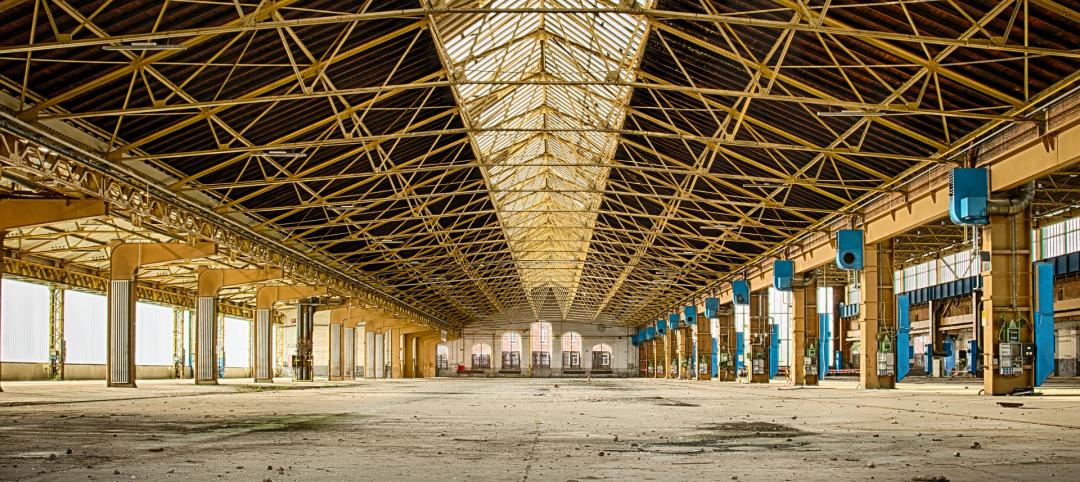Construction employment in March remained below March 2020 levels in 35 states despite a sizzling homebuilding market and a strong recovery from severe winter weather, according to an analysis by the Associated General Contractors of America of government employment data released today. Association officials cautioned, however, that a host of challenges, including continued project cancellations, rising materials prices, and supply chain uncertainties are making business conditions for contractors difficult.
“Nonresidential contractors are coping with a depleted list of projects, extreme cost increases, and unprecedented supply-chain problems,” said Ken Simonson, the association’s chief economist. “These headwinds are likely to keep industry employment in many states below pre-pandemic levels for months.”
Seasonally adjusted construction employment in March exceeded the March 2020 level in only 14 states and the District of Columbia. Utah added the most jobs (6,400 jobs or 5.6%), trailed by Idaho (3,900 jobs, 7.0%) and Washington (2,200 jobs, 1.0%). Idaho added the highest percentage, followed by Utah and South Dakota (3.8%, 900 jobs).
Employment declined year-over-year in 35 states and stagnated in Mississippi. Texas lost the most construction jobs over the period (-35,400 jobs or -4.5%), followed by New York (-29,300 jobs, -7.2%), Louisiana (-16,500 jobs, -12.4%), and New Jersey (-14,500 jobs, -8.9%). Wyoming recorded the largest percentage loss (-12.7%, -2,900 jobs), followed by Louisiana, New Jersey, and Nevada (-8.1%, -8,000 jobs).
For the month, construction employment rebounded in 39 states—some of which had been battered by unusually severe winter weather in February—while 10 states lost jobs, and there was no change in D.C. and New Hampshire. Texas added the most construction jobs (19,100 jobs, 2.6%) as work resumed following a damaging freeze in February. Other states with large monthly gains include New York (10,000 jobs, 2.7%), Minnesota (7,900 jobs, 6.8%), and Iowa (7,500 jobs, 10.3%). Iowa had the largest percentage gain, followed by Kansas (10.0%, 6,000 jobs) and Minnesota. Nevada lost the largest number and percentage of construction jobs for the month (-1,300 jobs, -1.4%).
Association officials said Washington leaders could help address many of the challenges facing commercial contractors. They noted, for example that proposed new investments in infrastructure will help offset continued private sector project cancellations. And they renewed their calls for the Biden administration to remove tariffs on key construction materials, including steel and lumber, and explore actions to unjam ports and other shipping facilities.
“Nicer weather and expanding confidence that the pandemic will soon end are helping improve market conditions,” said Stephen E. Sandherr, the association’s chief executive officer. “But the best way for policy makers to support continued job growth in the construction industry is to invest in infrastructure, remove government-imposed additions to materials prices, and help get the country’s supply chain back in order.”
View state March 2020-March 2021 data, 12-month rankings, 1-month rankings and map.
Related Stories
Market Data | May 18, 2022
Architecture Billings Index moderates slightly, remains strong
For the fifteenth consecutive month architecture firms reported increasing demand for design services in April, according to a new report today from The American Institute of Architects (AIA).
Market Data | May 12, 2022
Monthly construction input prices increase in April
Construction input prices increased 0.8% in April compared to the previous month, according to an Associated Builders and Contractors analysis of U.S. Bureau of Labor Statistics’ Producer Price Index data released today.
Market Data | May 10, 2022
Hybrid work could result in 20% less demand for office space
Global office demand could drop by between 10% and 20% as companies continue to develop policies around hybrid work arrangements, a Barclays analyst recently stated on CNBC.
Market Data | May 6, 2022
Nonresidential construction spending down 1% in March
National nonresidential construction spending was down 0.8% in March, according to an Associated Builders and Contractors analysis of data published today by the U.S. Census Bureau.
Market Data | Apr 29, 2022
Global forces push construction prices higher
Consigli’s latest forecast predicts high single-digit increases for this year.
Market Data | Apr 29, 2022
U.S. economy contracts, investment in structures down, says ABC
The U.S. economy contracted at a 1.4% annualized rate during the first quarter of 2022.
Market Data | Apr 20, 2022
Pace of demand for design services rapidly accelerates
Demand for design services in March expanded sharply from February according to a new report today from The American Institute of Architects (AIA).
Market Data | Apr 14, 2022
FMI 2022 construction spending forecast: 7% growth despite economic turmoil
Growth will be offset by inflation, supply chain snarls, a shortage of workers, project delays, and economic turmoil caused by international events such as the Russia-Ukraine war.
Industrial Facilities | Apr 14, 2022
JLL's take on the race for industrial space
In the previous decade, the inventory of industrial space couldn’t keep up with demand that was driven by the dual surges of the coronavirus and online shopping. Vacancies declined and rents rose. JLL has just published a research report on this sector called “The Race for Industrial Space.” Mehtab Randhawa, JLL’s Americas Head of Industrial Research, shares the highlights of a new report on the industrial sector's growth.
Codes and Standards | Apr 4, 2022
Construction of industrial space continues robust growth
Construction and development of new industrial space in the U.S. remains robust, with all signs pointing to another big year in this market segment



